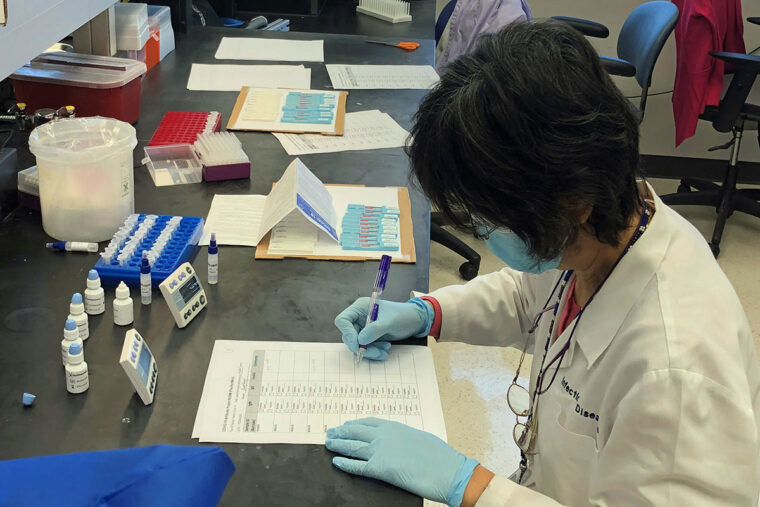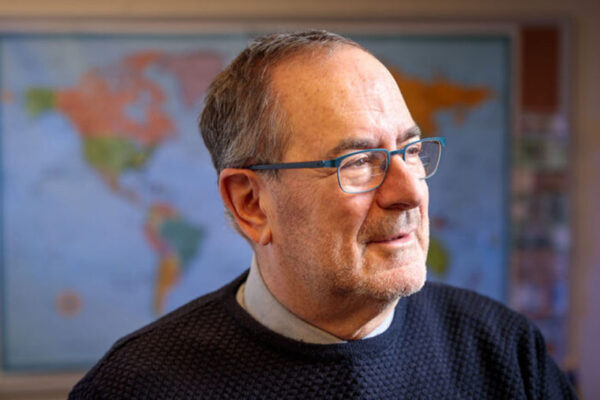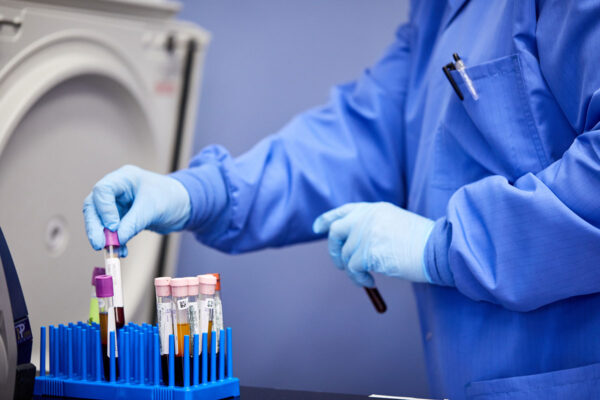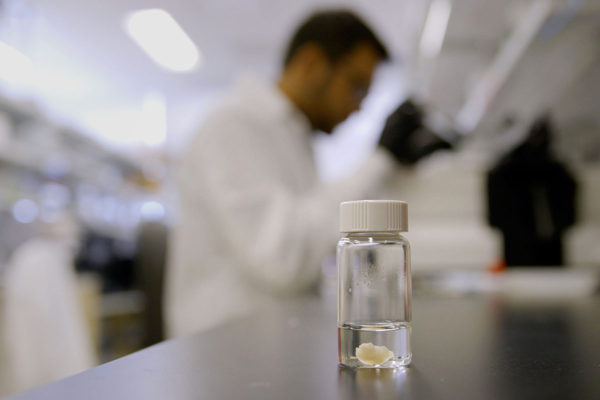With Brazil leading the world in newly diagnosed COVID-19 cases, Latin America has become the epicenter of the coronavirus pandemic. Meanwhile, outbreaks continue to escalate in parts of Asia, Africa and the Middle East. Public health authorities worldwide desperately need to expand testing so they can track the spread of the infection, but molecular diagnostic tests used in the U.S. and other wealthy countries are too expensive for widespread use in many low- and middle-income countries. Antibody tests may provide an alternative approach.
Antibody tests reveal whether someone has been infected with the virus that causes COVID-19. In the U.S., antibody tests are principally performed on healthy people as part of public health surveillance to track how widely the virus has spread through a population. Antibody tests are not used in the U.S. to diagnose people who currently have symptoms, because they miss too many people in the early stages of the disease. But in places where many people do not have immediate access to health care and can’t be tested in a timely manner, the tendency of antibody tests to give false negative results in the first few days is much less of a problem.
“Although antibody tests do not detect a high percentage of infected people until 10 to 14 days after infection, you must remember that it takes time for symptoms to appear and then for people in developing countries to get to a health clinic and get access to a diagnostic test,” said Gary Weil, MD, professor of medicine and of molecular microbiology at Washington University School of Medicine in St. Louis.
“By the time someone actually gets tested, they may have been symptomatic for more than a week, and most people do have detectable antibodies at that point,” he continued. “Rapid antibody tests for COVID could work really well in low-resource settings because they require only a finger stick of blood, and results are available within minutes. With that information in hand, public health authorities could isolate infected people or transfer them to a more advanced medical facility, test their families and start contact tracing. It could be really helpful for controlling this disease in countries with limited resources, even though it’s imperfect.”
Weil and Peter Fischer, professor of medicine, have joined an international effort led by the Foundation for Innovative New Diagnostics and the World Health Organization (WHO) to evaluate COVID-19 antibody tests for use as diagnostics in places with limited resources.
The U.S. and other wealthy countries diagnose COVID-19 using molecular tests that identify the virus’s genetic material in a person’s nose or throat. But molecular tests require specialized swabs and chemicals, expensive laboratory equipment and trained personnel. Many developing countries simply do not have the medical infrastructure to do widespread molecular testing.
“Many countries have only one or two advanced labs with the capability to do that kind of testing,” Weil said. “When you have many people who are sick, you want to diagnose them as quickly as possible and not send their samples halfway across the country and then wait for the results.”
Rapid antibody tests are much simpler than molecular tests, because they require only a drop of blood and no high-tech machines. The drawback is that such tests only detect antibodies – the body’s response to the virus – not the virus itself, and such antibodies don’t reliably appear until 10 to 14 days after infection.
There are over 100 COVID-19 antibody tests on the market, manufactured by companies based in countries around the world. Most have not been vetted by any regulatory agency.
In their project, Weil and Fischer are evaluating seven rapid and two laboratory-based antibody tests. The rapid tests work similarly to pregnancy tests. Users place a drop of blood on a testing stick, and a positive or negative symbol quickly appears. The laboratory-based tests take a few hours and must be performed by a trained technician, and require expensive instruments. Hospitals in the U.S. often use laboratory-based antibody tests because they tend to be more reliable. All nine antibody tests in this study are commercially available.
Weil and Fischer have evaluated about 450 samples on each of the nine platforms. To assess their ability to detect true positives, the researchers ran samples from 176 people who had positive molecular tests and were admitted to hospitals in the St. Louis area with COVID-19 symptoms. Several people gave blood more than once, so the collection included 307 blood samples. The samples were collected by Rachel Presti, MD, PhD, associate professor of medicine, Jane O’Halloran, MD, assistant professor of medicine, and Ali Ellebedy, assistant professor of pathology and immunology, and provided with the support of Washington University’s Institute of Clinical and Translational Sciences and Siteman Cancer Center’s Tissue Procurement Core.
To assess the tests’ ability to properly determine negative results, the researchers evaluated 168 blood samples – 80 from the U.S. and 88 from Uganda and Côte d’Ivoire – drawn in the years before COVID-19 emerged. All samples were de-identified, and testing was performed in a blinded manner, meaning the researchers didn’t know which samples were expected to be positive or negative.
“The platforms vary, but they tend to be able to detect true positives about 90% to 95% of the time 10 to 14 days after the onset of symptoms,” Weil said. “The false positive rates varied, but some were disappointing – we found anywhere from 3% to 16% of the negative samples were positive for COVID-19 antibodies.”
Weil and Fischer are now exploring whether combining two tests can reduce the false positive rate without impairing the ability to correctly identify people ill with COVID-19. Their data will be combined with data from other groups around the world that are performing similar evaluations on different antibody test platforms. The Foundation for Innovative New Diagnostics and the WHO will use the results to make testing recommendations for developing countries.
“We have almost completed our first round of testing,” Weil said. “The next step will be to formally analyze and publish the results. We are actively planning projects that will explore how best to use these COVID-19 antibody tests in developing countries.”



